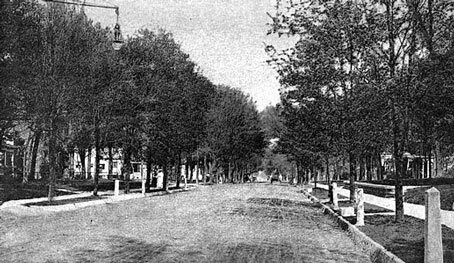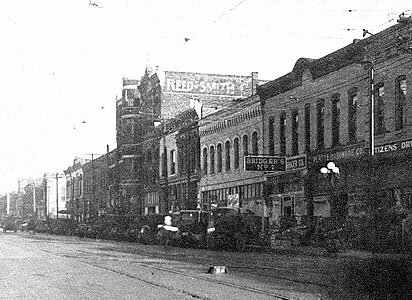
Slow and steady growth.
There were no real "boom " periods of growth in the early years. Rather, there was a steady growth from the time of consolidation with North Springfield. At the turn of the century, Springfield had about 23,000 residents. Many familiar commercial landmarks still visible today were built during the early l900's.
With improved transportation, the economy of the city, based on serving the agricultural region surrounding it, continued to improve although, like the rest of the country, the city had its low spots during the depression years.
In 1923 the city had a land area of 7.81 square miles. More people and land were brought into the city, however, by annexation in 1926.
Like the period after the war in the 1870's, the growth again took a spurt after World War II with industrialization accelerating and the city changing from primarily an agricultural distribution center to an industrial city. .


